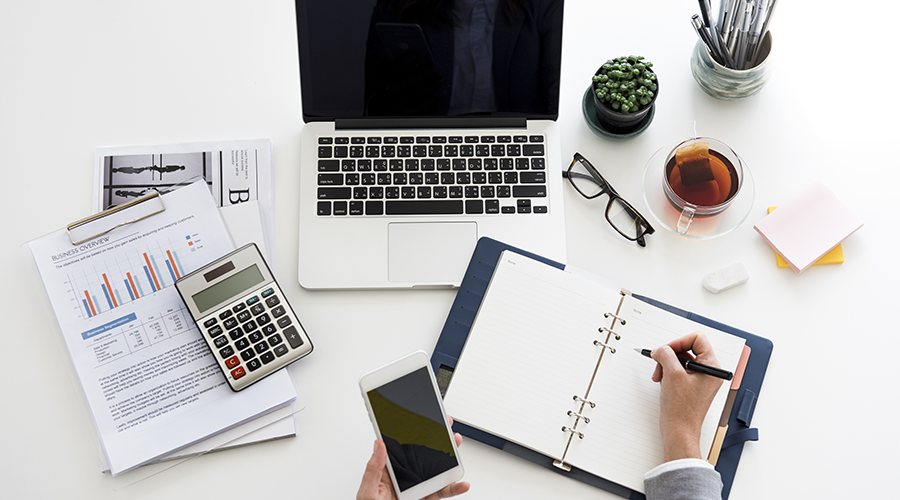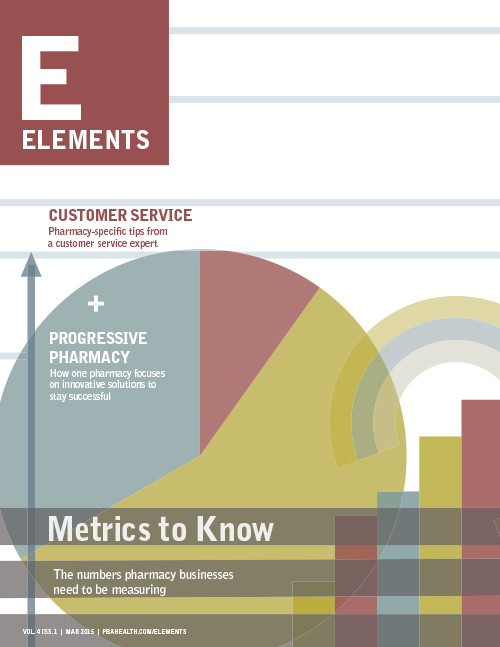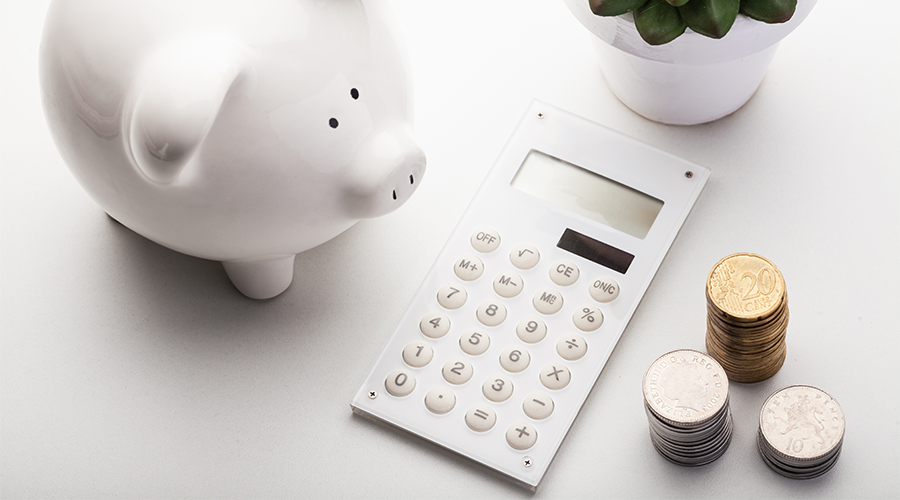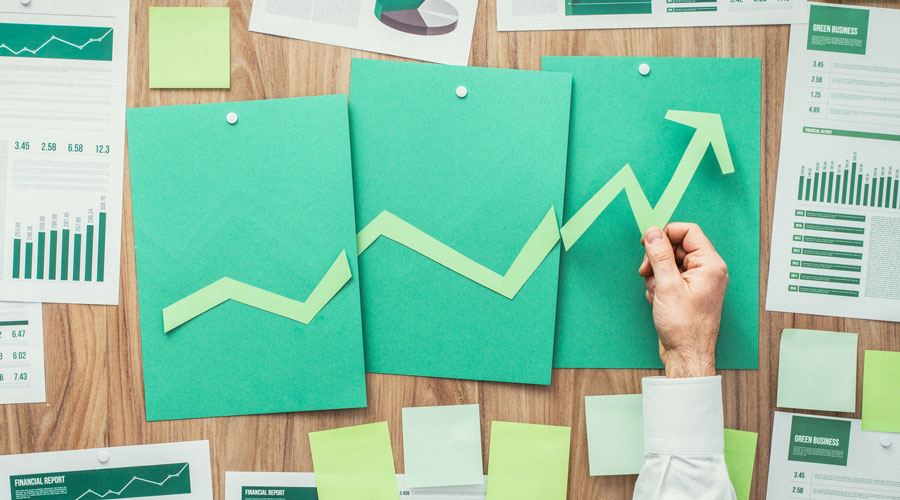Inside: Learn how to read your balance sheet, and what the values mean for your independent pharmacy.
While running an independent pharmacy, you encounter many different kinds of financial statements. But there is no better snapshot of your business than a balance sheet.
A balance sheet provides a look at what your pharmacy owns, how much it owes, and how much is invested in the business at a specific point in time. Instead of getting lost in columns and rows of spreadsheets, the balance sheet lets owners get a sense of their finances on a single page.
The balance sheet relies on a simple accounting equation:
Assets = Liabilities + Shareholder Equity
Essentially, the formula means that your pharmacy has things that it owns (assets) and it must pay for those things by taking on liabilities or getting money from investors.
Here’s a breakdown of each category on your balance sheet so you can understand your current financial health and make informed decisions for your business.
Assets
Your assets are your independent pharmacy’s economic resources. They include everything the pharmacy owns that make it possible for the business to turn a profit — from the equipment that helps you fill prescriptions to the cash used to buy inventory.
On your balance sheet, assets are listed in order of liquidity. The easier it is to turn an asset into cash, the higher on the balance sheet it will appear.
Current Assets
Current assets are sometimes called “liquid assets.” They are anything that can be expected to be converted into cash within one year.
Cash
Cash is your most liquid asset. On the balance sheet, the cash line also includes cash equivalents that can be converted to cash quickly.
Though it may not seem like it, your business bank account is considered a cash equivalent. Other cash equivalents include short-term government bonds, Treasury Bills, and commercial paper.
Accounts Receivable
Accounts receivable are goods or services you’ve provided but haven’t been paid for yet. Since your patients have a legal obligation to pay the debt, and you can reasonably expect them to do so, this is considered an asset to your business.
Inventory
Inventory is the finished goods available for sale on your pharmacy shelves, waiting to be purchased by patients. Both the prescriptions behind your pharmacy counter and the products in your front-end fall into this category.
Prepaid Expenses
When you make an advance payment, that is marked as a current asset on the balance sheet.
This is most commonly seen with expenses like insurance. Generally, you pay upfront for a year-long insurance policy, and because you have the benefit of that policy for an entire year, it counts as a current asset.
Prepaid expenses aren’t liquid in the same way as your other current assets, but the prepayment frees up cash for other uses.
Fixed Assets
The property you use to conduct business is considered a fixed asset, which means it won’t be sold within the next year. They tend to lose value as they age, and so they can be subject to depreciation or amortization. This is something you should take into account annually.
Equipment
Most of the items inside your store that aren’t inventory fall into this category. From the shelves you set your merchandise on to computers to pharmacy robots, these assets help your pharmacy run smoothly.
Typically, businesses use their equipment until it no longer functions the way they need it to. Then the equipment is sold for salvage value and written off the balance sheet.
Real Estate
If you own the building where you conduct your business, that’s also a fixed asset. Land is recorded on the balance sheet at historical cost, meaning the initial purchase price. Even if the market value increases over time, the value on the balance sheet doesn’t change.
However, unlike other fixed assets, the value of land doesn’t depreciate on the balance sheet.
 These Are the Most Important Pharmacy Metrics to Measure
These Are the Most Important Pharmacy Metrics to Measure
This white paper includes 30+ formulas to calculate the most important metrics for independent pharmacies. You’ll learn to think like a retailer, discover the methods to track and measure meaningful pharmacy metrics, and learn ways to use pharmacy metrics to get insight into business performance.
Liabilities
Liabilities on the balance sheet signal things you’ve committed to paying for but haven’t paid for yet.
When you look at your balance sheet, the liabilities that need to be paid off the soonest will be listed first, while the longer-term debts are listed later.
While it may be uncomfortable to have so many debts, liabilities are a normal part of running an independent pharmacy. But remember the accounting formula — the more liabilities you have, the less equity will be available to you.
Current Liabilities
Current liabilities are short-term financial obligations that will be paid within the next 12 months. Your independent pharmacy will have to use its current assets to settle these liabilities.
Accounts Payable
Accounts payable are typically the largest current liability a pharmacy carries. When you purchase inventory for your business, the supplier hands you an invoice that tells you they must be paid in a specific time frame (usually 30 days). Until you pay for the inventory, you are temporarily in debt to the supplier, which makes accounts payable a liability.
You should keep track of the amount you owe to each individual vendor on the pharmacy’s general ledger using double-entry bookkeeping. On your balance sheet, you won’t see each individual transaction, but a total of everything owed to your vendors.
Wages Payable
Unless you pay your employees every single day, you’ll have to account for wages payable on your balance sheet. This number accounts for all the hours your employees have worked but haven’t received a paycheck for yet.
Other Current Liabilities
You may have taken out a multi-year business loan to support your independent pharmacy. While the loan itself is not considered a current liability, the payments scheduled within the next 12 months are. Interest on those loans is also considered a current liability.
Any taxes owed within the next year will also show up as a line under the liabilities section of your balance sheet.
Noncurrent Liabilities
While current liabilities are the items you need to be most concerned about paying off in the next year, your balance sheet will also take into account other long-term liabilities.
These are the noncurrent portions of any long-term debt. If you have a mortgage payment, most of it will be considered “noncurrent,” except for the payments that are due within the next year. The same principle applies to a long-term business loan.
Deferred tax liability might also show up as a line item under noncurrent liabilities. This happens when a company’s earnings are greater than the taxable income on their tax return, creating a tax payment they will be expected to make in the future.
More articles on pharmacy financials
5 Metrics to Measure Your Pharmacy’s Success
 How Much Does It Cost to Run a Pharmacy?
How Much Does It Cost to Run a Pharmacy?
 How to Calculate (And Improve!) Your Pharmacy Margins
How to Calculate (And Improve!) Your Pharmacy Margins
Shareholder Equity
The last part of the balance sheet formula is shareholder equity. This value is often used as a shorthand to indicate the financial health of a business.
Shareholder equity should be positive, which means there is enough money to cover any liabilities on the balance sheet. If shareholder equity is negative, that could spell insolvency for the business.
On the balance sheet, shareholder equity is typically broken down into two parts.
Retained Earnings
Simply put, retained earnings are any profit your pharmacy has made. To know your current retained earnings, you have to know your retained earnings from the last year.
Current Retained Earnings = Beginning Retained Earnings + Profit/Loss – Dividends Paid
This pot of money accumulates year over year. As your pharmacy grows, your retained earnings should grow, too. When your pharmacy is doing well, you might choose to reward shareholders by paying dividends, but that value needs to be taken out of your retained earnings.
If your pharmacy experiences losses instead of profits and the retained earnings go into the red, then they become “accumulated deficits.”
Invested Capital
Invested capital is any money that has been raised to keep the business running. This could mean money that the owner has invested on their own, or it could be money raised by selling shares to shareholders.
Follow the Series

This blog series is all about learning the essentials of pharmacy financials. Follow along as we discuss the ins and outs of the financial aspects of running a business.
Part 1: Financial Statements
Part 2: Balance Sheet
Part 3: Budgeting
Part 4: Financing
Part 5: Cost of Goods Sold
Part 6: Gross Profit vs. Net Income
Part 7: Accountant or Financial Planner: Who Should Manage Your Money?
A Member-Owned Company Serving Independent Pharmacies
PBA Health is dedicated to helping independent pharmacies reach their full potential on the buy-side of their business. Founded and run by pharmacists, PBA Health serves independent pharmacies with group purchasing services, wholesaler contract negotiations, proprietary purchasing tools, and more.
An HDA member, PBA Health operates its own NABP-accredited warehouse with more than 6,000 SKUs, including brands, generics, narcotics CII-CV, cold-storage products, and over-the-counter (OTC) products — offering the lowest prices in the secondary market.
















